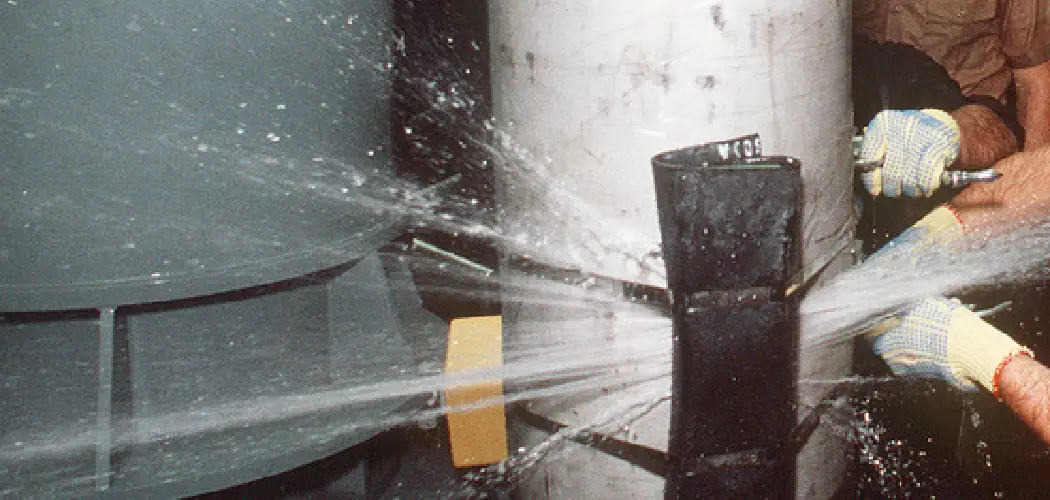A leaking pipe can quickly turn into a household emergency, causing water damage and potential costly repairs. While a permanent fix may require the skills of a professional plumber, there are steps you can take to temporarily stop a leaking pipe and prevent further water leakage until expert help arrives. In this article, we will explore practical methods to address a leaking pipe in various scenarios.

Whether it’s a small drip from a loose connection or a more significant leak, knowing how to temporarily stop a leaking pipe can be a valuable skill. We will provide step-by-step instructions and tips to help you mitigate the damage and buy some time until the plumbing issue can be fully resolved. So, if you’re facing a leaking pipe situation, read on to learn how to take immediate action and minimize the potential water damage in your home.
The Urgency of Dealing with a Leaking Pipe
A leaking pipe is not only a nuisance but also an urgent issue that needs to be addressed immediately. Ignoring a leaking pipe can lead to significant damage and costly repairs. It is essential to understand the urgency of dealing with a leaking pipe and take immediate action.
Understanding the Sources of Leaks
Before we dive into how to temporarily stop a leaking pipe, it’s crucial to understand the common sources of leaks. Some of the most common causes are:
- Damaged or corroded pipes
- Loose connections or fittings
- High water pressure
- Extreme temperature changes
- Tree root intrusion
The Importance of Temporarily Stopping the Leak
When facing a leaking pipe, it is crucial to take immediate action in order to minimize the damage and prevent any potential hazards. In this section, we will discuss why it is important to temporarily stop a leaking pipe, as well as the steps that should be taken.
Preventing Further Damage
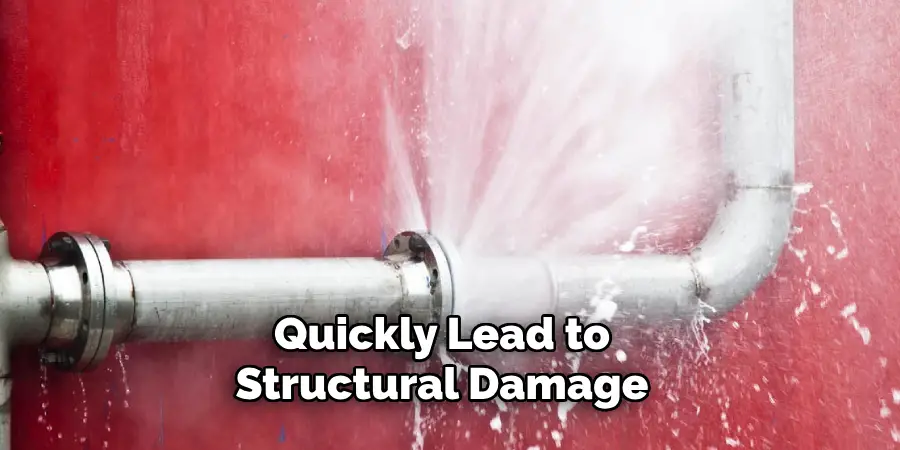
A leaking pipe can quickly lead to structural damage if left unattended. The water from the leak can seep into walls, floors, and ceilings, causing costly repairs or even compromising the integrity of your property. By temporarily stopping the leak, you are preventing further damage from occurring and potentially saving yourself a significant amount of money.
Avoiding Potential Hazards
In addition to causing damage to your property, a leaking pipe can also pose serious safety hazards. Water can create slippery surfaces, increasing the risk of falls and injuries. It can also come into contact with electrical wiring, potentially causing electrocution or fires. By temporarily stopping the leak, you are minimizing these hazards and ensuring the safety of yourself and others.
Protecting Your Belongings
A leaking pipe can also damage your personal belongings if they are in close proximity to the leak. Water can ruin furniture, electronics, documents, and other valuable items. By temporarily stopping the leak, you are protecting your belongings from potential water damage.
10 Methods How to Temporarily Stop a Leaking Pipe
1. Use Plumber’s Tape
Plumber’s tape, also known as Teflon tape, is a thin strip of material that can be wrapped around the threads of a pipe to help seal any leaks. It is easy to use and can be found at most hardware stores. To use it, simply wrap the tape around the leaking pipe thread and tighten it with a wrench until the leak stops.
2. Use Pipe Dope
Pipe dope is another type of sealant that can be used to temporarily stop a leaking pipe. It is a thick paste-like substance that is applied to the threads of the pipe before tightening them with a wrench. The paste will create an airtight seal that should stop any leaks until the pipe can be permanently repaired or replaced.
3. Use Epoxy Putty
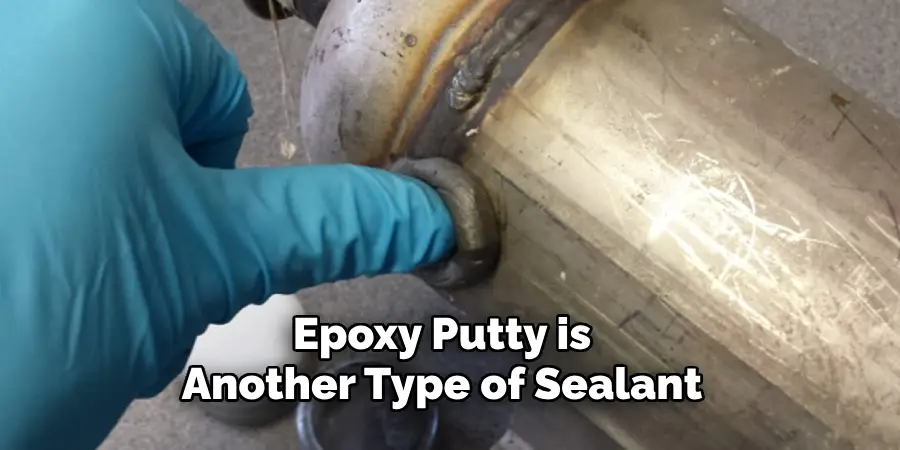
Epoxy putty is another type of sealant that can be used to temporarily stop a leaking pipe. It is applied directly to the source of the leak and then allowed to dry before being tightened with a wrench. This method should provide an effective temporary fix until more permanent repairs can be made.
4. Use Plumber’s Cloth
Plumber’s cloth, also known as jointing cloth, is a type of material that can be used to temporarily stop a leaking pipe by wrapping it around the threads of the pipe and tightening it with a wrench until it stops leaking. This method should only be used if there are no other options available, as it may not provide an airtight seal like other methods would.
5. Use Pipe Clamps
Pipe clamps are metal devices that are designed to fit over pipes in order to secure them in place and prevent leaks from occurring due to loose joints or fittings. Pipe clamps come in various sizes, so make sure you get one that fits your particular size of pipe properly in order for them to work effectively at stopping leaks temporarily until more permanent repairs can be made.
6. Use Rubber Hose Clamps
Rubber hose clamps are similar to regular pipe clamps but they have rubber gaskets inside them, which help create an airtight seal when they are tightened down over pipes or fittings where leaks may occur due to loose connections or fittings being worn out or damaged over time due to age or wear and tear from use over time.
7. Use Plasti Dip
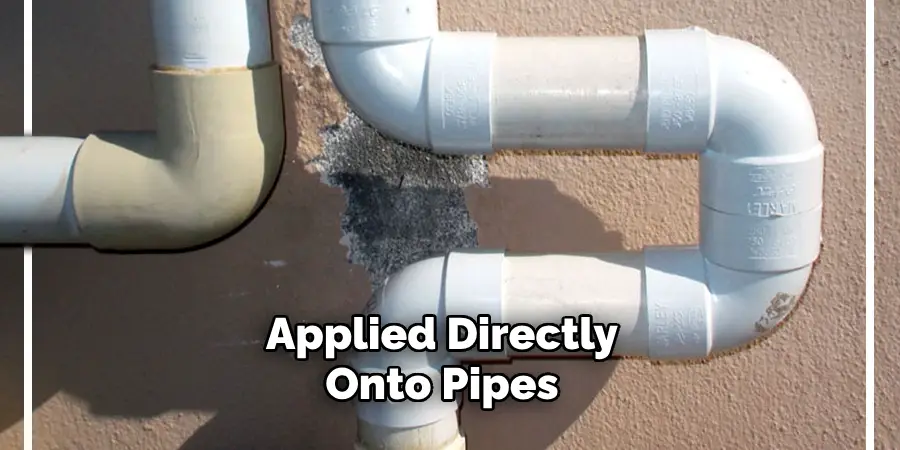
Plasti Dip is an elastic coating that forms an airtight bond when applied directly onto pipes where leaks may occur due its ability to form strong bonds quickly yet remain flexible enough not to cause further damage such as cracking when exposed to extreme temperatures, hot cold water etc.
It’s also relatively inexpensive compared other forms of sealing materials making ideal choice for those looking for a cost-effective way fix their leaky pipes without having to spend lot of money doing so.
8. Use Epoxy Coating
Epoxy coating is another form of sealing material that forms strong bond when applied directly onto pipes where leaks may occur just like plasti dip does however, epoxy coating tends last longer than plasti dip, making better option for those who need long-lasting solution their leaky pipes.
Additionally, the epoxy coating also provides layer protection against corrosion rusting, making ideal choice for those who live areas prone to these types of problems due to climate conditions etc.
9. Use Heat Shrink Tubing
Heat shrink tubing is another great way to temporarily stop leaking pipes since all need to apply a heat source such hair dryer, blowtorch, etc shrink tubing tightly around the affected area in order form an airtight seal, thus preventing any further leakage from occurring this method is quite effective providing quick fix however should only used emergencies since not ideal long term solution problem itself needs to be addressed soon possible order prevent future occurrences same issue arising again down line.
10. Replace Damaged Parts
Finally, replacing damaged parts such as washers O rings, gaskets, etc best way to permanently solve the issue of leaky pipes since these parts often become damaged over time due wear and tear during normal usage, thus causing leakage to occur even after all the above-mentioned methods have been tried out this why important always check such parts first thing whenever dealing leaky pipes order.
Things to Consider When Dealing with a Leaking Pipe
A leaking pipe is not only an inconvenience, but it can also cause damage to your property and lead to expensive repairs. It is important to take immediate action when you notice a leak in order to prevent further damage. Here are some things to consider when dealing with a leaking pipe:
Identify the Source of the Leak
The first step in dealing with a leaking pipe is to identify where the leak is coming from. This will help determine the best course of action for fixing the problem. Some common causes of leaks include corroded pipes, loose connections, or cracks in the pipe.
Turn Off the Water Supply
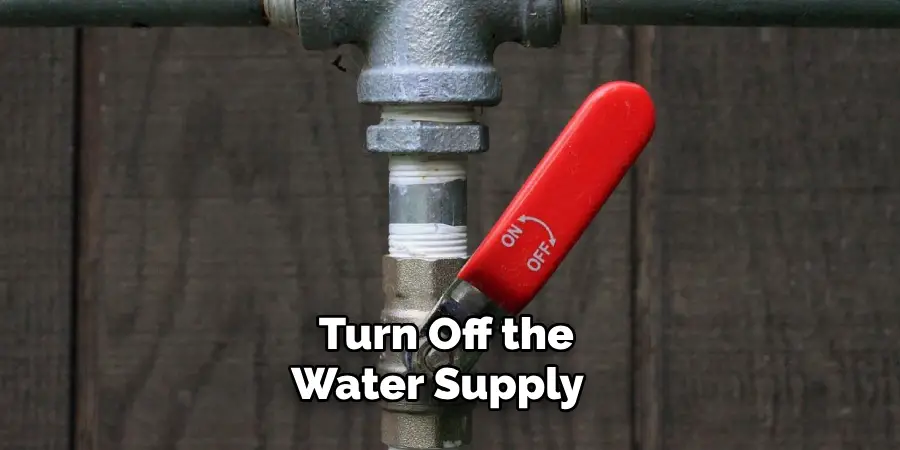
Once you have identified the source of the leak, it’s important to turn off the water supply to the affected area. This will stop the flow of water and prevent further damage.
Gather Necessary Tools
Before attempting to fix the leak, make sure you have all the necessary tools to do so. This may include a pipe cutter, pipe wrench, plumber’s tape, and plumbing putty or epoxy.
Assess the Damage
Depending on the severity of the leak, you may need to assess any damage that has occurred due to the leak. If there is significant water damage, it may be best to call a professional for help.
Conclusion
In conclusion, dealing with leaking pipes can seem daunting but by following the right steps you can temporarily fix the issue until a professional can take care of it for you. Remember to turn off the main water line first and foremost, and then apply the proper adhesive to ensure that there is a tight seal.
Moreover, be sure to check the pressure of your lines with a gauge or pressure relief valve in order to minimize other potential leaks in adjoining lines. Finally, if all else fails and you cannot repair it yourself, contact a professional plumber who will be able to get the job done correctly and quickly. Remember: learning how to temporarily stop a leaking pipe can save you time, money and prevent future home damage!

